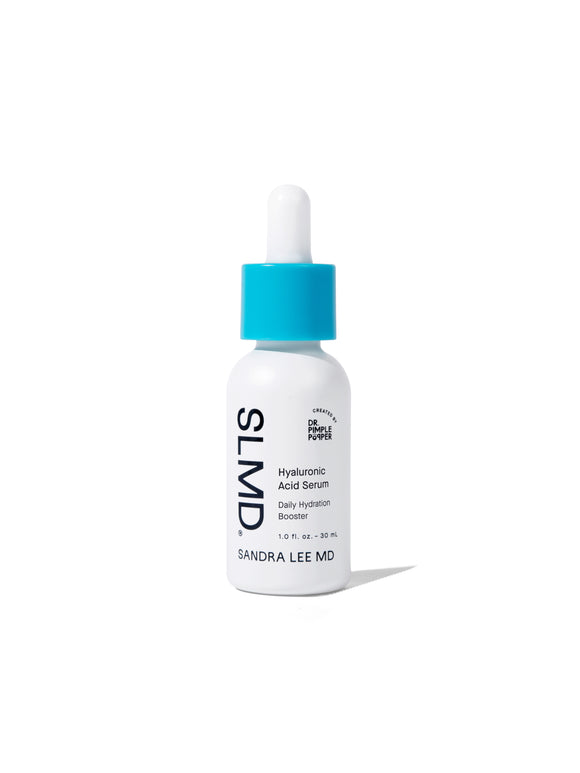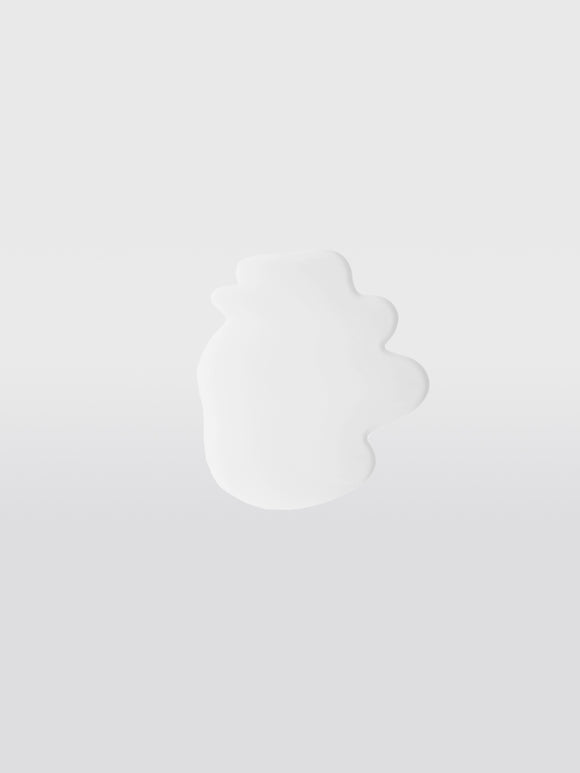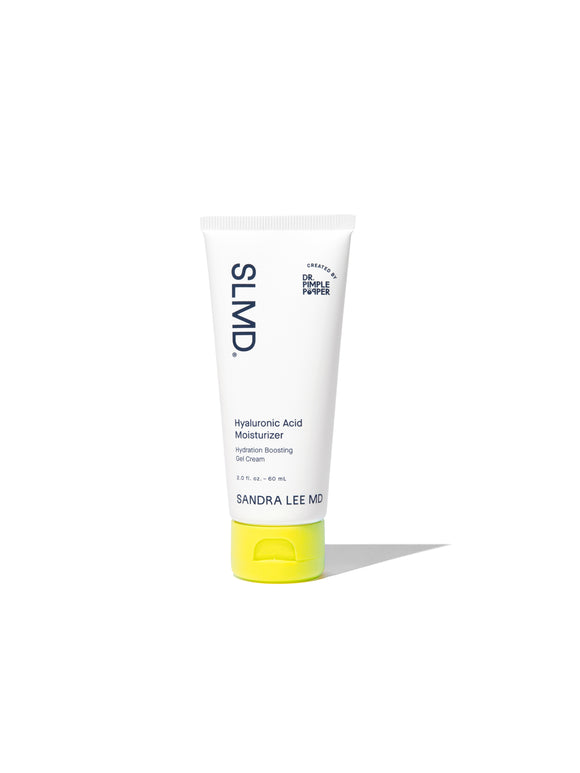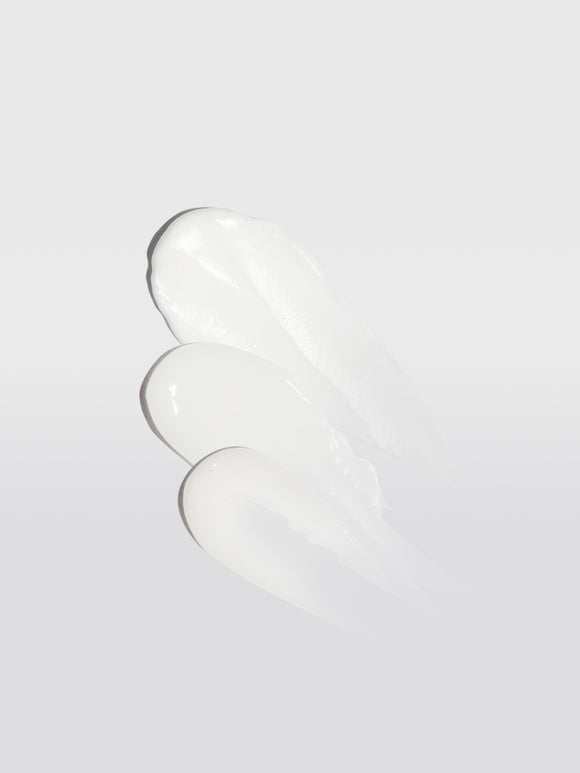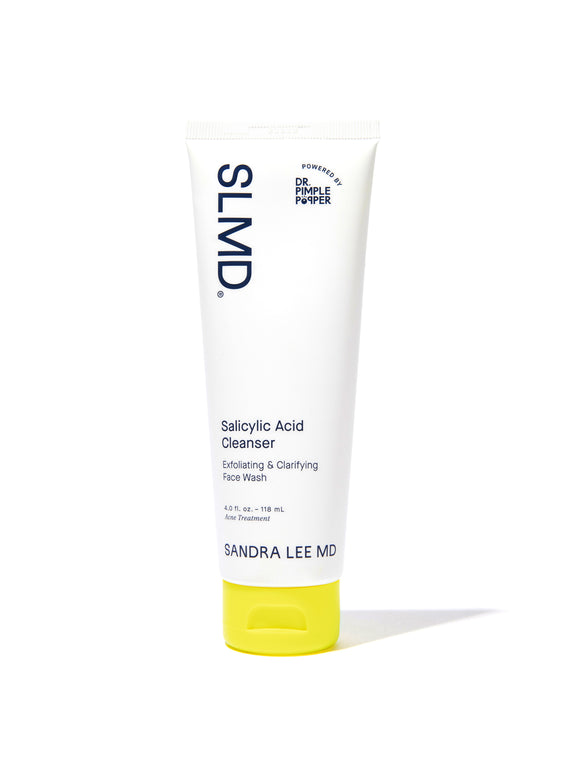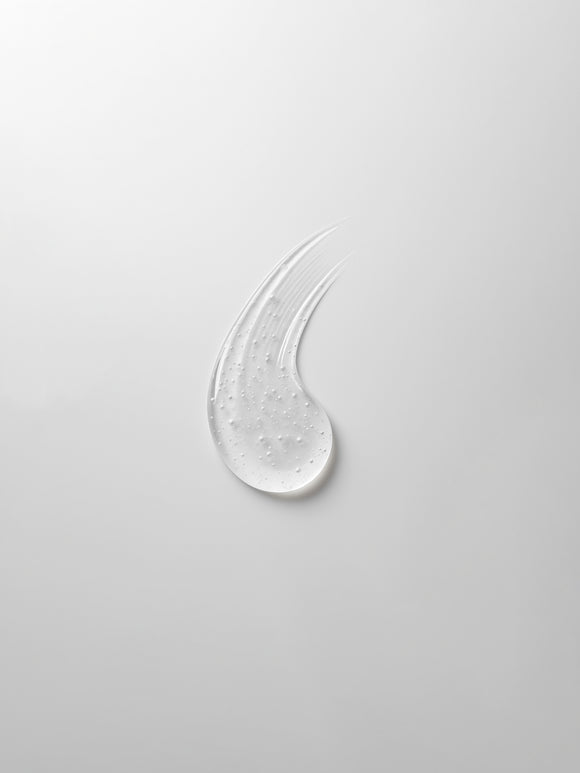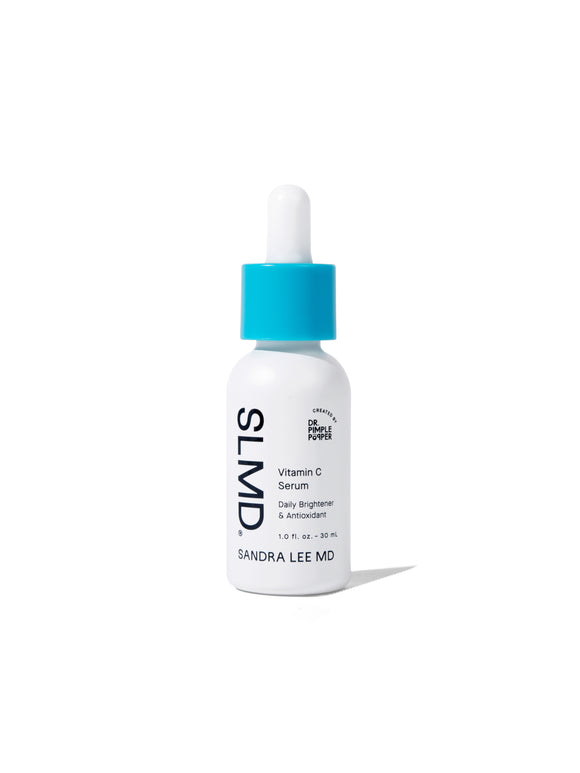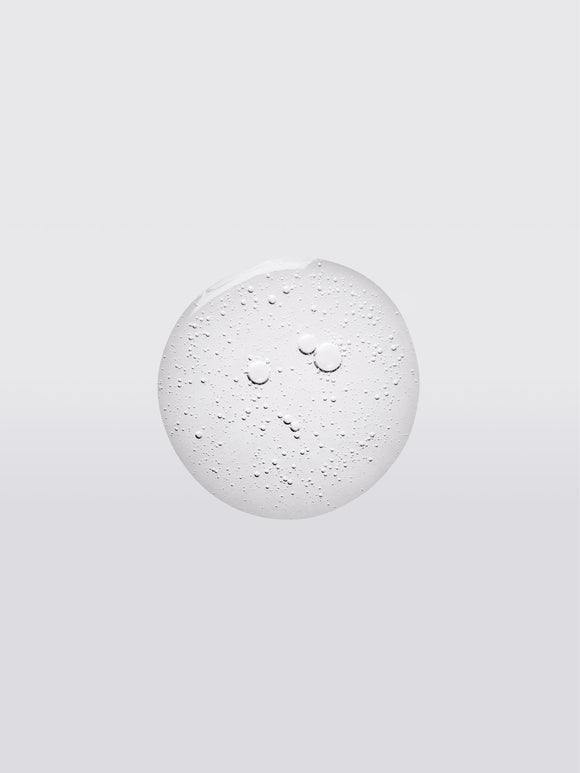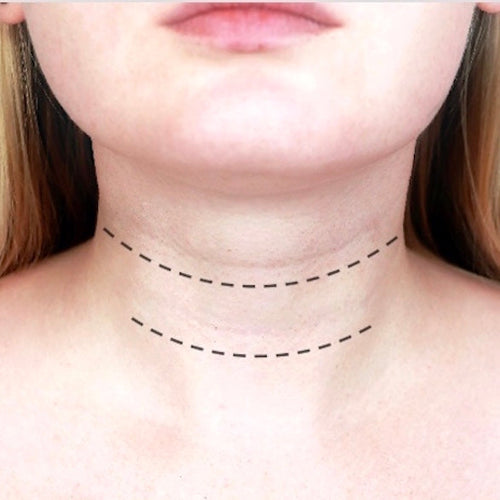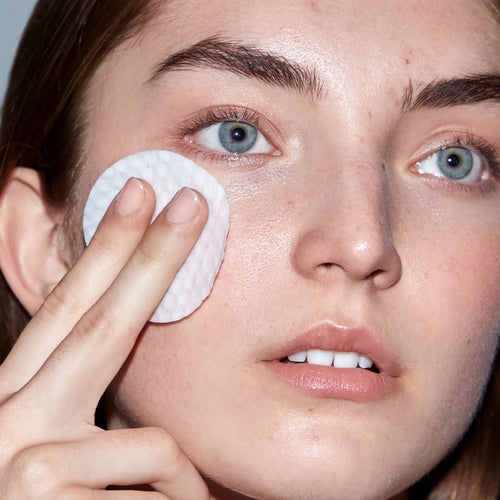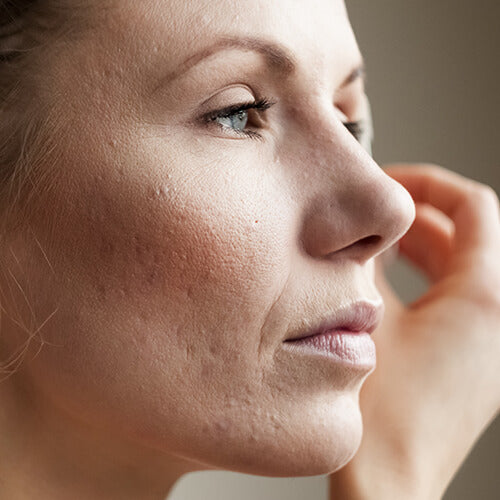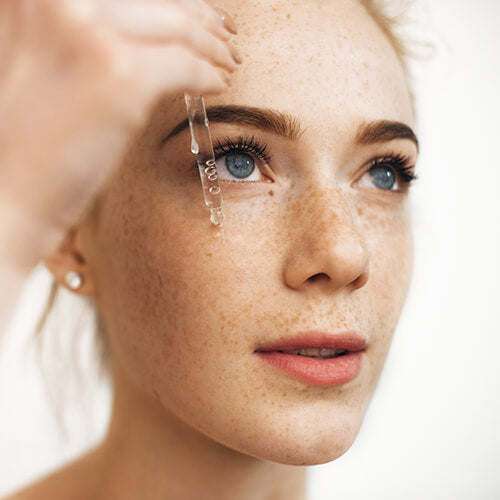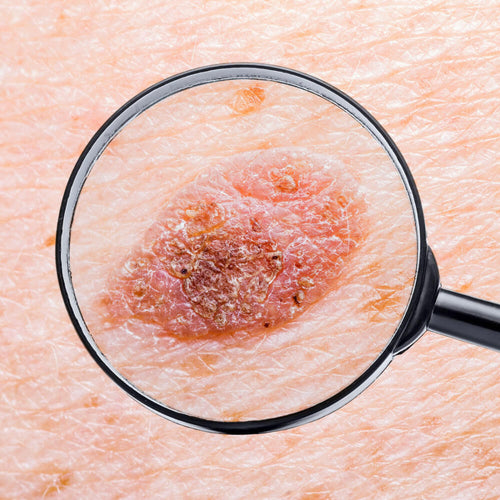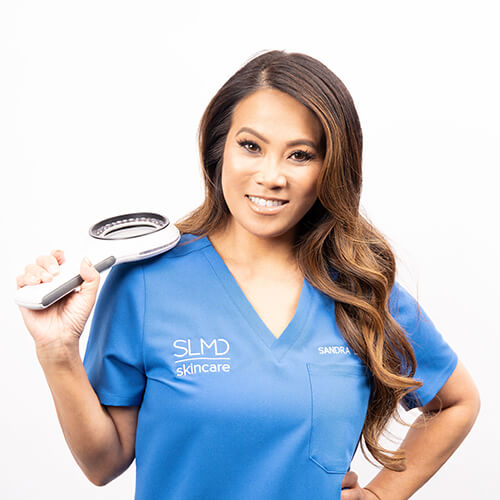
How Long Do Anti-Aging Products Take to Work?
Dr. Pimple Popper shares the scoop on when you can expect results from your well-aging skincare.Published:
4 minute read
Patience is certainly a virtue when it comes to reducing some of the visible signs of aging. After all, your skin has been aging for a long time. But the good news is that it may not take as long as you think: there are a handful of dermatological skincare ingredients that can have a significant impact on your skin’s appearance — in a relatively short period of time. Here, board-certified dermatologist and SLMD Skincare founder Sandra Lee, MD (aka Dr. Pimple Popper) talks about some of her go-to anti-aging ingredients, and what you can expect when you start using them.
Why does it take so long for anti-aging products to work?
The average skin cycle — the time it takes for every new skin cell to push its way to the surface, die, and slough off — is about 28 days in young adulthood. But as we age, that time keeps increasing. This affects how our skin looks, as well as how long it takes for products to generate results. In addition, several factors come together to affect the time it takes to see results from your anti-aging skincare:
- The goal: what is the purpose of the product?
- The formula: what are the active ingredients, and how potent are their concentrations?
- The user: how consistent are you in following the regimen, and how does your unique skin respond to the product?
How long does it take well-aging products to work?
As we age, our skin renewal process slows down from about 28 days to upwards of 60 days. This means that in your 30s, 40s, 50s and beyond, your skin cells aren’t getting replaced as quickly or efficiently as they did in your 20s. This translates into extra time for your products to make an impact on your skin. While there’s no hard and fast rule, Dr. Lee has some estimates for how long it takes her most-trusted ingredients to take effect.
Dr. Lee's Well-Aging Picks
Salicylic acid
One of Dr. Lee’s favorite dermatological ingredients, this beta hydroxy acid helps remove dull, dead skin cell buildup. Salicylic acid also helps unclog oil and debris from pores, which tend to look larger as we age due to skin laxity. Keeping pores clear can make them less visible. If you use a beta hydroxy acid cleanser, Dr. Lee says that you’ll be able to notice a difference after just a couple of weeks.
Try: SLMD Salicylic Acid Cleanser
Glycolic acid
The smallest of the alpha hydroxy acids, glycolic acid is indispensable for exfoliating the outer epidermal layers, says Dr. Lee. When dead skin cells build up — increasingly with age — it makes the skin’s surface look rough and uneven. Exfoliating removes that dullness and reveals the younger layers of skin beneath. It’s a good idea to start slowly with chemical exfoliants, particularly if they’re higher concentrations. Typically, results start to appear in two to three weeks, depending on your application schedule.
Try: AHA/BHA Swipes
Retinol
Retinol is a potent antioxidant that comes from vitamin A — and it’s one of the most-researched dermatological ingredients. Retinol works by helping to regulate your skin cycle. Typically, it takes about 3 months to see results after starting retinol use. Your skin may experience an adjustment period, which could include redness, flaking, and increased breakouts — but all are temporary for most people. If you’ve got sensitive skin you may need to gradually step up to regular retinol use, so it could take a bit longer to see the ultimate results.
Try: SLMD Retinol Resurfacing Serum
Hyaluronic acid
Another one of Dr. Lee’s favorite ingredients is hyaluronic acid: this powerful humectant can hold many times its weight in water. Dry skin shows more fine lines, so restoring its moisture balance can make a visible difference. You’ll typically see some of these plumping results immediately, and your skin will continue to improve over a period of several weeks. Pro tip: If you experience increased dryness or irritation from using retinol, try applying hyaluronic acid right after.
Try: SLMD Hyaluronic Acid Moisturizer, Hyaluronic Acid Serum
Kojic acid
This byproduct of certain fermentation processes has been shown to inhibit tyrosinase, an enzyme involved in melanin production. This makes it effective for managing hyperpigmentation (aka age spots or sunspots). It also has antioxidant properties that help in fighting skin damage caused by free radicals. Generally speaking, expect to see some results in about a month, but more significant changes will take longer.
Try: SLMD Dark Spot Fix
Vitamin C
A widely-studied antioxidant, vitamin C helps neutralize the free radicals that lead to signs of aging. It also boosts collagen production, essential for maintaining skin elasticity and reducing the appearance of fine lines and wrinkles. Additionally, vitamin C is effective in brightening the skin and reducing the visibility of hyperpigmentation and age spots. Typical improvements in skin brightness and texture appear within a few weeks, but more pronounced anti-aging effects, like reduced appearance of fine lines, may become noticeable with consistent use over several months.

Dr. Lee's Last Word
When it comes to looking younger, no one wants to wait. But anti-aging skincare isn’t magic — it’s science. We have to allow our skin to adapt and adjust. Having patience and sticking to a consistent routine will certainly increase your chances of experiencing positive results from your products. And one more thing I can’t stress enough: always use sunscreen. It’s still the best way to prevent visible aging in the first place.





